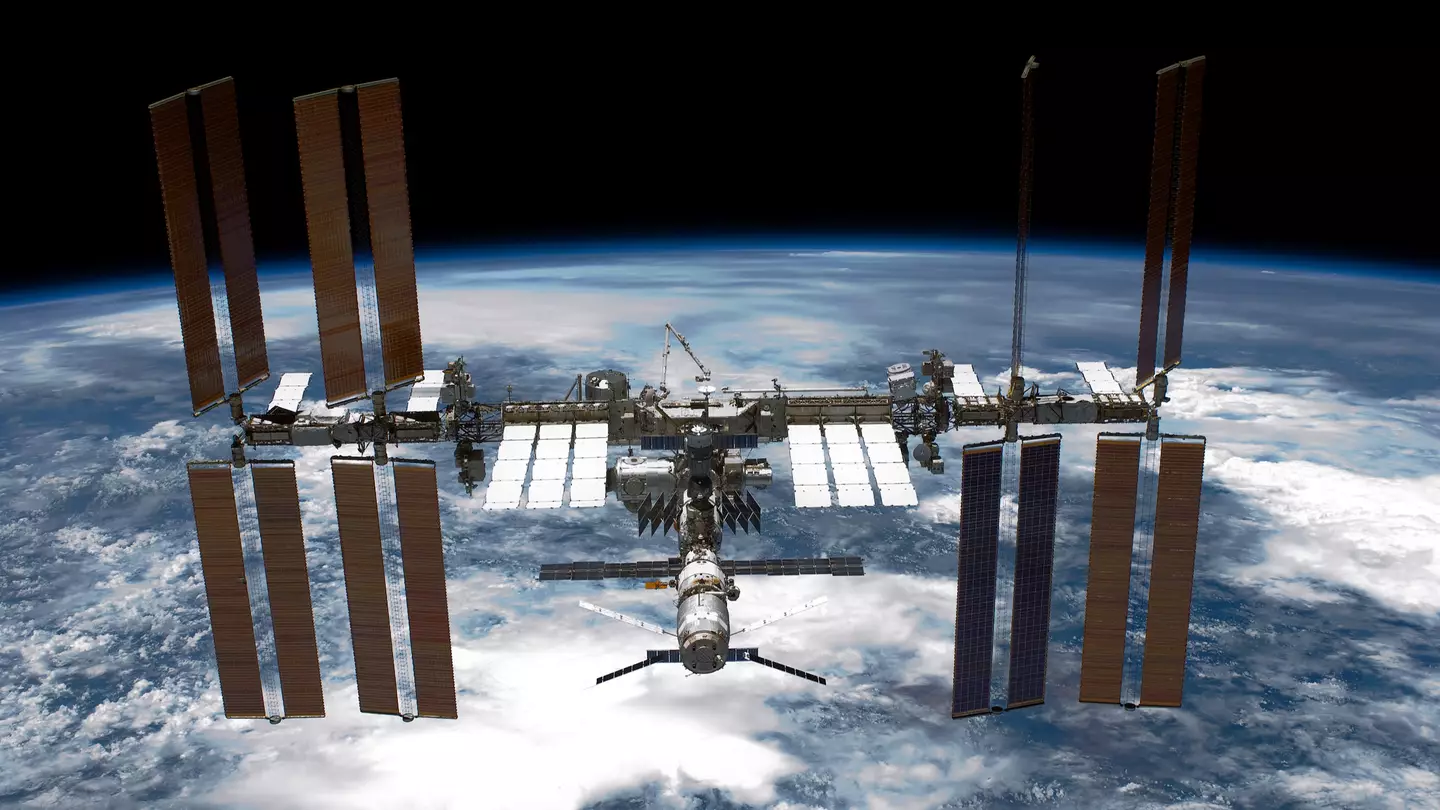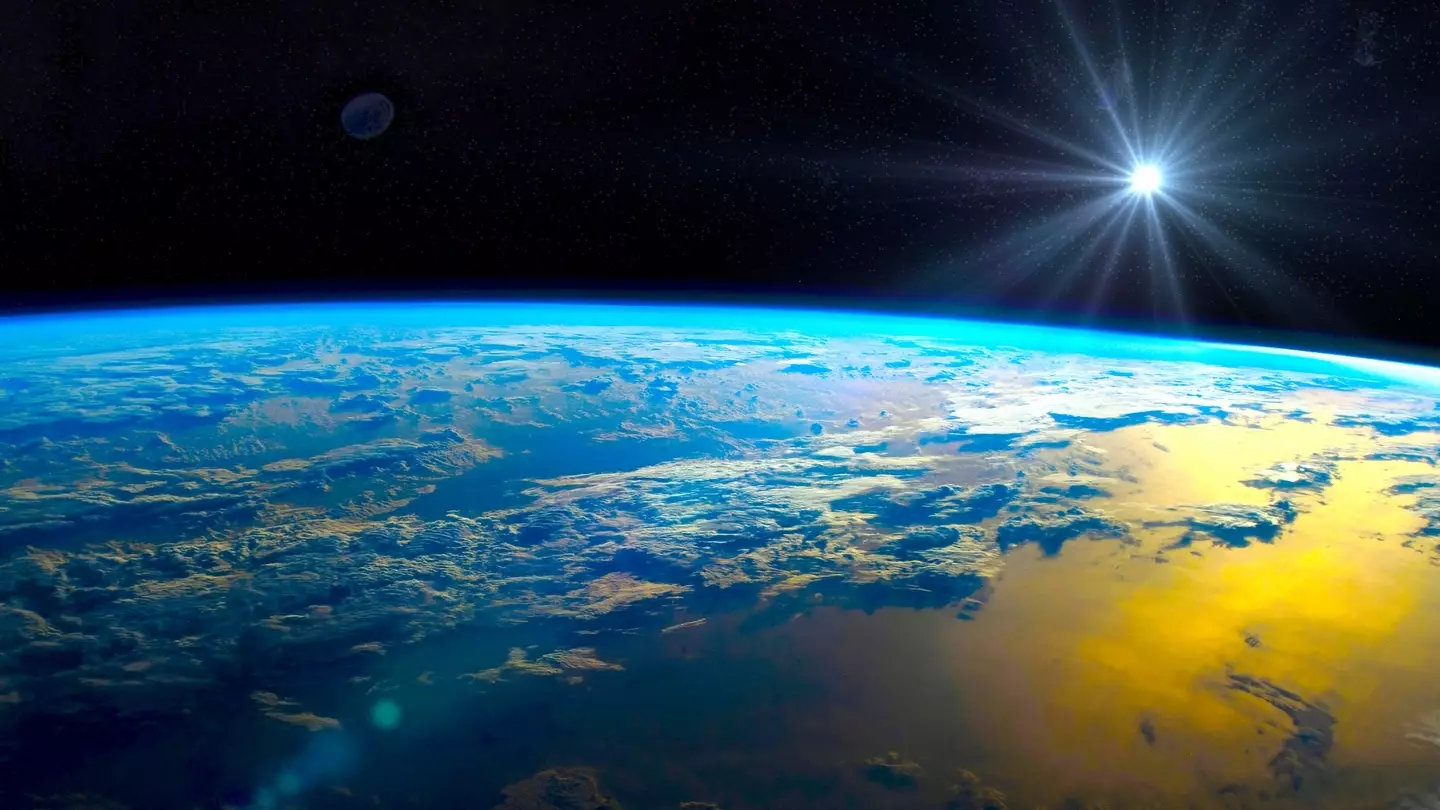If you've ever felt out of the loop at work, then don't worry - because apparently, you're not alone.
While mysteriously speedy asteroid 3I/ATLAS has been dominating the headlines recently, another one has just secretly stolen its spotlight. On Wednesday (October 1), astronomers across the world failed to notice an asteroid make the second-closest pass to Earth.
The space rock, named 2025 TF, flew 260 miles above Antarctica. For context, that's almost the same distance as the International Space Station, which is around 260 miles away from us.
So the asteroid - around the size of a small car - was basically neighboring distance from us, and we completely missed it. That’s like being late to answer the door to a ding dong ditch - only for the culprit to be a space rock traveling at 46,000 mph.
Advert

The closest to ever pass our planet was asteroid 2020 VT4, which came 230 miles away from Earth's surface on November 13, 2020.
2025 TF was discovered by Kitt Peak-Bok Observatory in Arizona, at 06:36 UTC on October 1- less than six hours after its closest approach.
And, taking to X, formerly Twitter, On 2025-10-02, amateur astronomer Filipp Romanov confirmed sightings of the asteroid remotely at the Liverpool Telescope
Advert
at Liverpool John Moores University's Astrophysics Research Institute in the UK, along with a photo of the asteroid.
The sneaky asteroid is from the Apollo cluster, a group of near-Earth asteroids that can occasionally get pretty close to us. It sped past at a break-neck 46,700 miles per hour, while it's believed to be heading inside Venus’s path and out beyond Mars.
But since scientists only saw 2025 TF for a day, they don’t really know its long-term trajectory yet, so astronomers will be watching closely.
Advert
Since January 2025, some 118 asteroids have been detected within one lunar distance of Earth - so within 238,855 miles, the distance between our planet and the Moon. In September 2025 alone, 25 such asteroids passed within that range.
Meanwhile, NASA and other space agencies are keeping a close eye on 3I/ATLAS, the third known interstellar space object, meaning it came from beyond our own Solar System.
It's traveling too fast to be bound by the Sun's gravity, at more than 41 miles per second, and the anomaly was previously described as ‘possibly hostile’ amid fears it could wreak havoc on planet Earth.

Advert
Meanwhile, Harvard physicist Avi Loeb floated the idea that the 3I/ATLAS might not be 'natural' at all, but some sort of mothership sent from an alien planet. It's due to be explored by the European Space Agency, which is making use of its Mars and Jupiter spacecraft to track its journey through the solar system.
The maybe-comet, maybe-mothership is due to make its closest pass to Earth on October 30 (note the spooky date). The closest it will approach our planet is about 1.8 astronomical units - around 170 million miles. So, that's about 1.8 times the distance from Earth to the Sun; basically, still deep space and nothing to worry about.
Doing some more math, that's around 400,000 times farther than 2025 TF’s pass.
NASA reassures us that Comet 3I/ATLAS 'poses no threat to Earth and will remain far away.'
